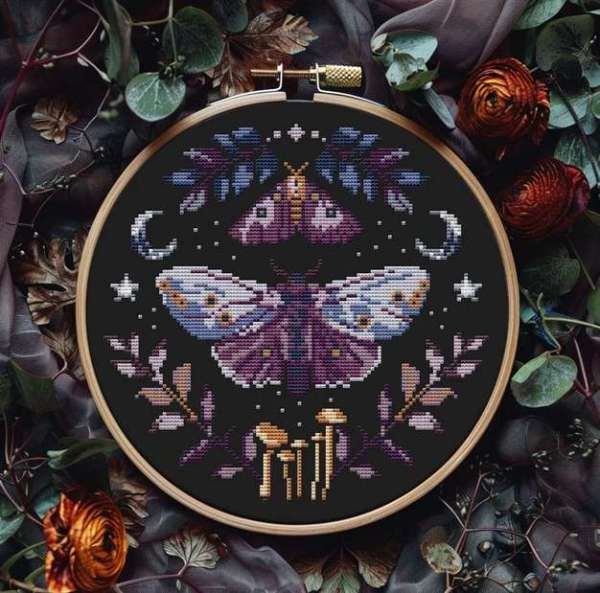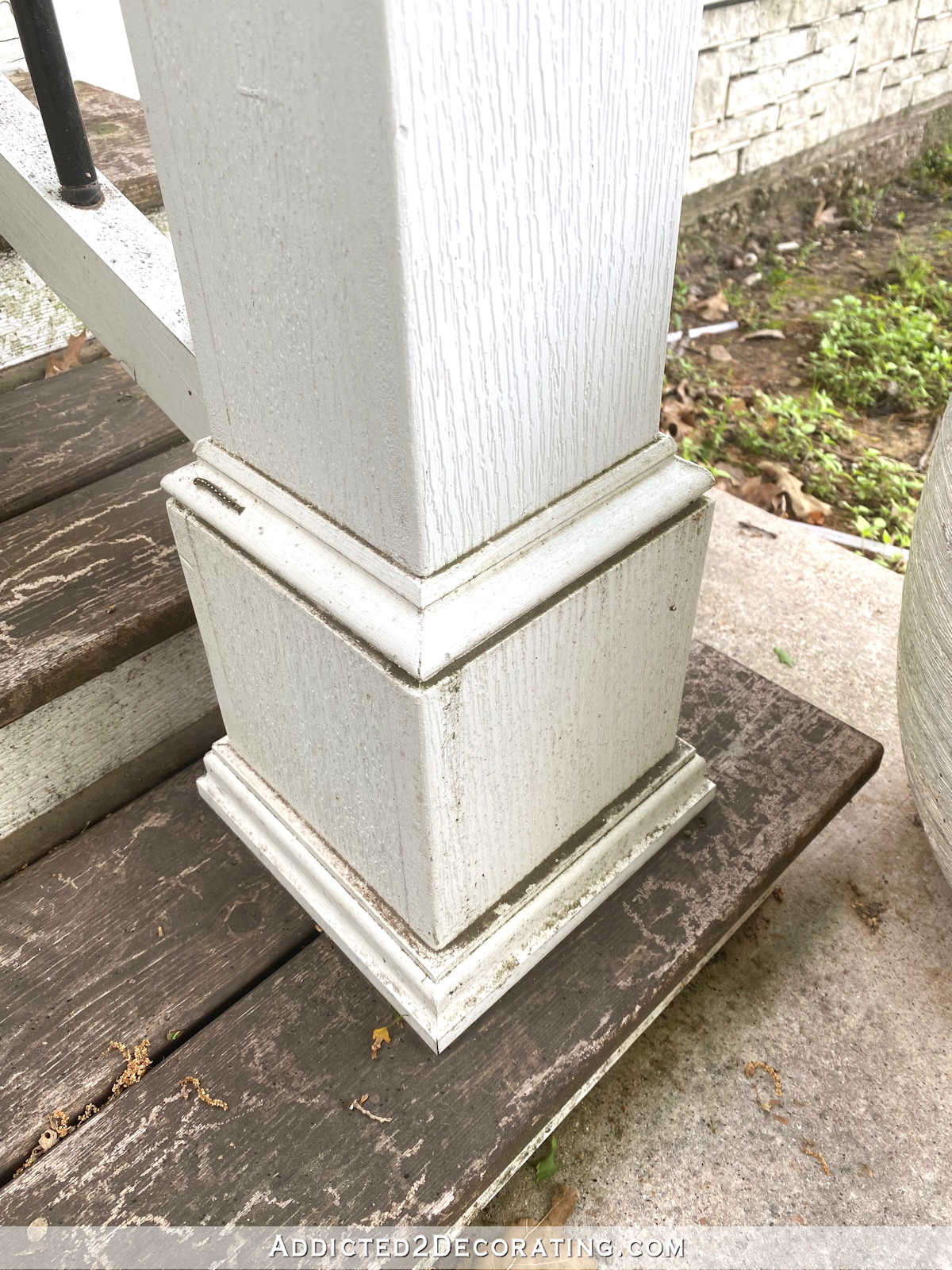Some plants grow better together.
Companion planting is an ancient practice where two different plants, often vegetables, are planted together to benefit one or both of them. Because of that, this simple gardening technique will have you enjoying a harvest you’ve only ever dreamed of.
One of the best examples of companion planting is the Three Sisters method, according to the Master Gardners of San Diego County. Centuries ago, early American colonists observed Native Americans planting corn, pole beans and squash in the same plot. Contrarily, Europeans would typically plant these three plants in separate beds. Planting the three together not only conserved garden space but also benefited one another:
- Corn provided support for the bean vines as they grew.
- Beans, which have symbiotic bacteria on their roots, are “nitrogen fixers” and added this essential macronutrient back into the soil for the benefit of other plants, especially the corn.
- The squash leaves provided shade and increased soil moisture retention while discouraging pests with their prickly leaves.
This biodiversity helps each crop grow to its full potential. If you’re looking to find your plant a companion, don’t worry — you’re not limited to these three sisters.
Deciding which plants go together is no sweat at all. All it takes is a little research! Refer to this helpful companion planting chart for an in-depth look at all the plants that you should and shouldn’t plant together.
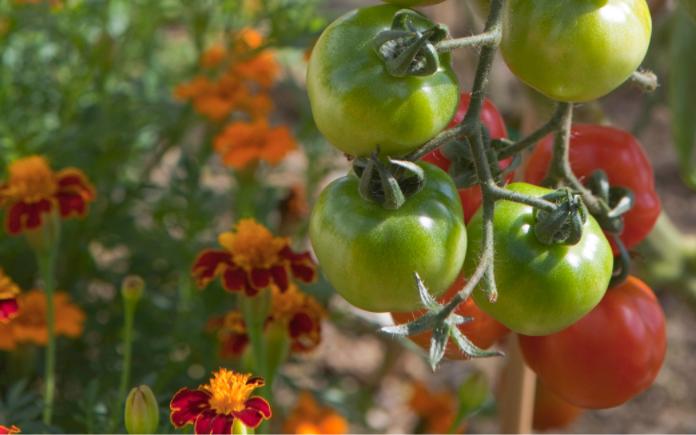
Companion Planting Do’s
The most grown crops — tomatoes, corn, beans and squash — go great together.
Planting marigolds and tomatoes in close proximity helps repel predatory bugs that like eating tomatoes and spreading blight.
Squash and corn go great together because corn provides some necessary afternoon shade to the growing squash.
Beans and corn also make a perfect pair because the corn acts as a natural trellis for the beans — giving them a structured place to grow upward and climb!
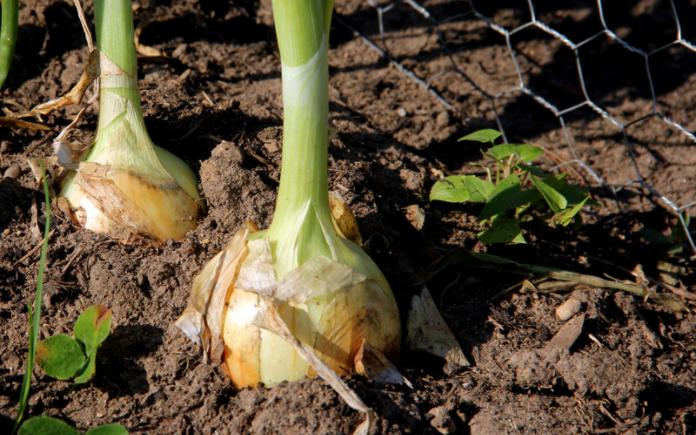
Companion Planting Don’ts
While planting certain plants together does help growth, some plants are bullies towards others — acting just like the nasty bugs, weeds and soil disease that are also trying to harm your plants.
For example, planting garlic and onions near beans is a big no-no. Both absorb nutrients from the soil that will stunt — and inevitably kill — the beans. Watch out for bullies like these!
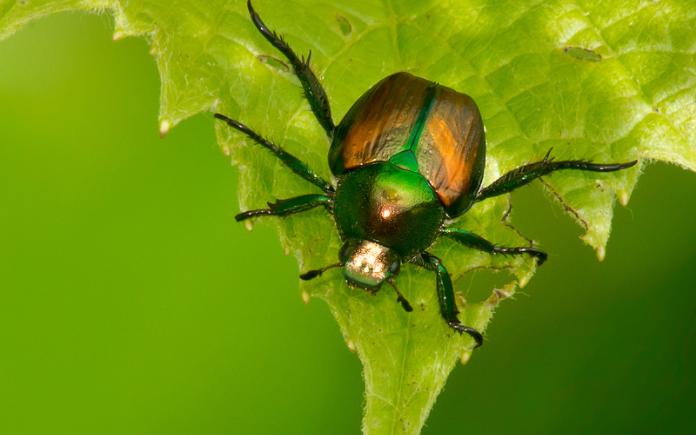
Tips for Deterring Pests
Pam Zaklan, an Oregon State University Extension Service Master Gardener, offers these tips to those who want to keep pests out of their companion planting garden:
- Use Four O’clock flowers to attract Japanese beetles out of roses.
- Plant mustard to deter cabbage worms and harlequin bugs from cabbages, broccoli, cauliflower, Brussels sprouts.
- Garlic deters rabbits as well as tree borers, aphids, cabbage looper, codling moths, Japanese beetles, snails, carrot root flies, ants and cabbage maggots. What’s more, it’s especially beneficial when planted near, roses, cucumbers, peas, lettuce or celery.
- Plant spearmint and peppermint to attract bees and repel black flea beetles, ants, mosquitoes, white cabbage butterflies, aphids, and cabbage maggots. Do not plant mint near parsley. Plant mints in containers as they can easily get out of control.
- For squash bugs, plant mint, chives, garlic, onion, tansy, radishes, nasturtiums, marigolds and bee balm near and among vines of winter and summer squash.
Watch this Backyard Smart video to learn about companion planting and take your first steps into a wider world of gardening.
The more you fall in love with having a great backyard, the more you realize how much you don’t know. Exmark’s Backyard Smart answers the lawn-and-garden questions homeowners are looking for.




